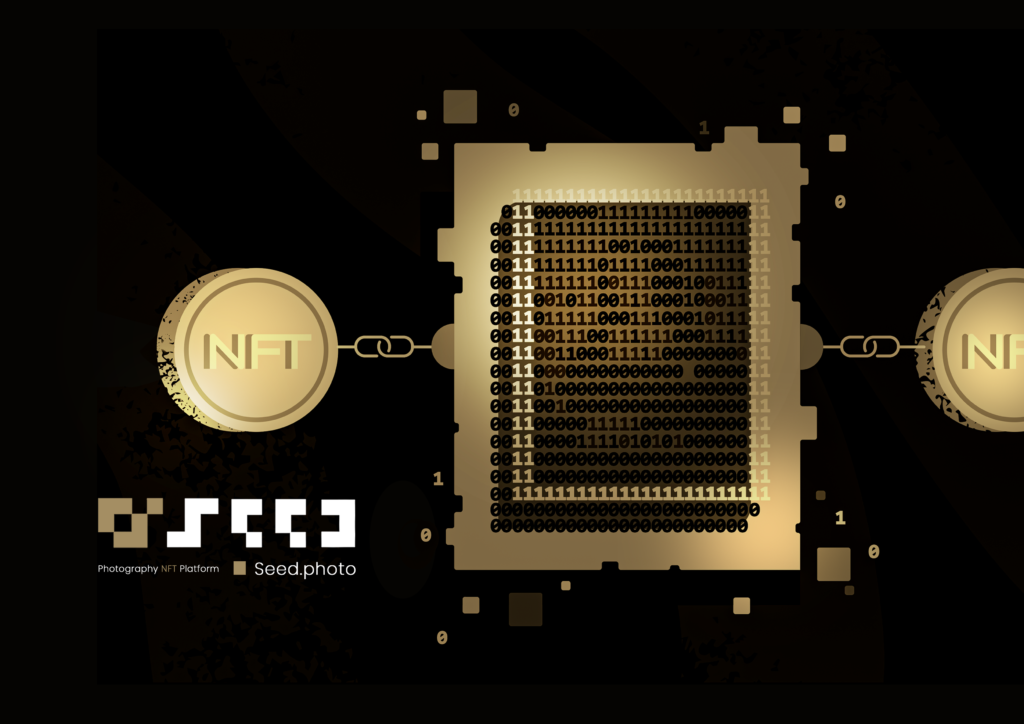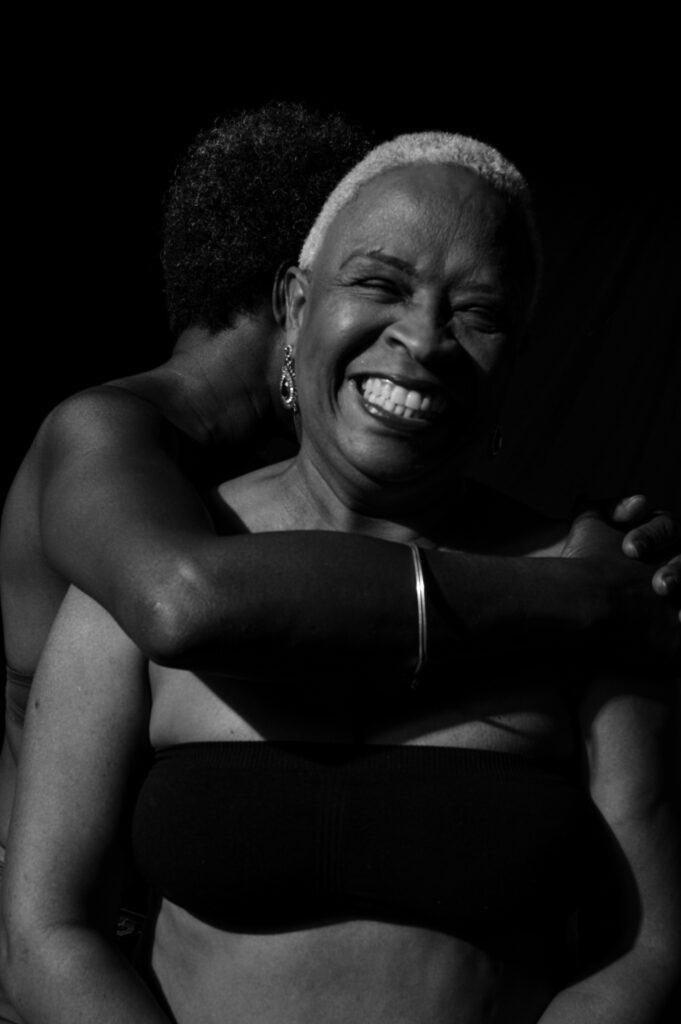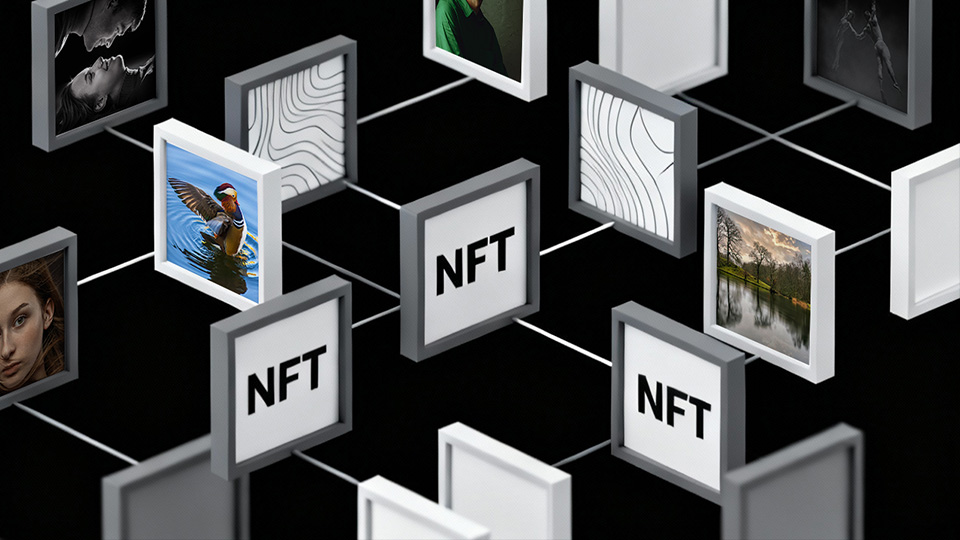Maximizing ROI: Analyzing Trends and Predicting Future Value in NFT Photography
In the dynamic realm of digital art, navigating the landscape of NFTs presents an enticing opportunity for collectors and investors. Particularly within the domain of NFT photography, understanding trends and predicting future value is essential for maximizing Return on Investment (ROI). By closely observing market dynamics, cultural shifts, and technological advancements, collectors can strategically position themselves for success.

Primarily, staying attuned to emerging trends is imperative. Similar to traditional art markets, certain styles, themes, and photographers gain prominence over time. By actively monitoring platforms, such as Seed.Photo, social media channels, and industry news, collectors can identify rising talents and potential investment opportunities. Whether it’s experimental avant-garde works or timeless compositions, recognizing changes in consumer preferences can inform portfolio diversification and acquisition strategies.
Moreover, the integration of digital tools and platforms has revolutionized the creation and dissemination of photography. With the advent of blockchain technology, photographers can tokenize their authentic works, ensuring provenance and ownership authenticity. Unlike AI-generated NFTs, which lack the human touch and emotional resonance of genuine artistic expression, photographs captured by skilled photographers hold intrinsic value. Collectors who prioritize authenticity and craftsmanship may find these real art pieces to be more enduring and culturally significant.

In conclusion, maximizing ROI in NFT photography requires a keen eye for authentic artistic talent and a deep understanding of market dynamics. By analyzing trends and predicting future value, collectors can build robust portfolios that stand the test of time. However, it’s crucial to approach this evolving market with discernment and appreciation for the craftsmanship behind each photograph. Ultimately, those who value genuine artistic expression and invest in the work of talented photographers are poised to thrive in the vibrant world of NFT photography.





